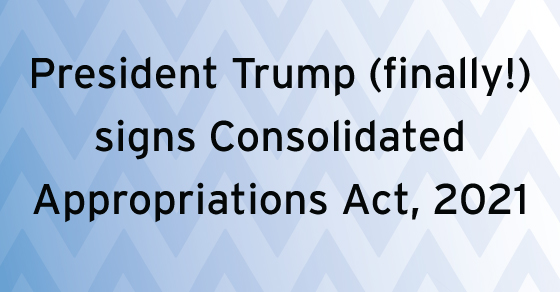Trump Administration Announces President's Outline for Tax Reform
Summary
On April 26, 2017, Treasury Secretary Steven Mnuchin and National Economic Council Director Gary Cohn announced President Donald Trump’s outline for individual and business tax reform, which includes new federal income tax rates and repeal of the estate tax.
Details
On April 26, 2017, during a White House daily press briefing, Treasury Secretary Steven Mnuchin and National Economic Council Director Gary Cohn announced President Donald Trump’s outline for individual and business tax reform.
Describing a broad framework for individual tax reform, Director Cohn discussed the Administration’s proposal to reduce the current seven individual tax brackets (currently 10, 15, 25, 28, 33, 35, and 39.6 percent) down to three brackets at rates of 10, 25, and 35 percent. The standard deduction would be doubled to approximately $24,000 for those married taxpayers filing joint returns. Relief for child and dependent care costs would also be included.
The top rate for capital gains would be 20 percent, and the 3.8 percent net investment income tax that applies to income above a certain level would be repealed. Most tax deductions would be eliminated, except for those related to mortgage interest, charitable contributions, and retirement. The President’s plan would also repeal the estate tax and individual alternative minimum tax.
Secretary Mnuchin described the proposed business tax reform provisions, which would include a reduction of the corporate or “business” tax rate from 35 percent to 15 percent for businesses of all sizes. In addition, the United States would move from its worldwide tax system to a territorial tax system, which would tax U.S. businesses only on what they earn within the United States rather than on profits earned around the world. Finally, the Administration would include a one-time tax (rate unspecified) on overseas profits, which the Treasury Secretary indicated would return money back to the United States for investment by U.S. businesses.
No detail or proposed legislative language was provided during the Administration’s announcement. A white paper was distributed to the press noting these items.
Insights
- No detailed description of the legislative proposal or proposed legislative language was provided during the Administration’s announcement, which leaves open many questions regarding the application and scope of the President’s reform proposals. For example, it is unclear from the proposal what would be the one-time overseas profits tax rate. Moreover, the proposal does not clarify how the 15-percent business rate would apply to income from pass through entities. The proposal also does not indicate whether the 20-percent capital gains rate would also apply to qualified dividends.
- Some of the concepts announced by the Administration have both bipartisan and bicameral support, such as some reduction in the corporate tax rate. For example, former House Ways & Means Chairman Camp (R-MI) and former Senate Finance Chairman Ron Wyden (D-OR) in recent years each proposed a corporate rate cut.
- The House Republican leadership released its tax reform “Blueprint” in June 2016, which contains a host of tax reform proposals with some more detail, which is an indication of what a future House tax reform proposal package may look like.
- The Administration’s proposal does not include many of the provisions in the House Blueprint, such as a border adjustment tax, which would tax imports and exempt exports, the deduction of interest expense against interest income with excess interest expense carryforward, or a current deduction for the cost of certain tangible and intangible assets.
- The Administration’s proposal is one of many steps in the process of possible future tax reform legislation. In the near future, we can expect the House and Senate to each consider their own tax reform packages, which may lead to a tax reform package that the House, Senate, and President must each agree to.
- Under current Senate rules, 60 votes generally are needed to pass any tax cuts that would add deficits beyond 10 years. A bill could be passed with 51 votes, but only if it does not add deficits beyond the 10-year budget window, which would essentially require that any tax cut package expire after 10 years, similar to the Economic Growth and Tax Relief Reconciliation Act of 2001.



